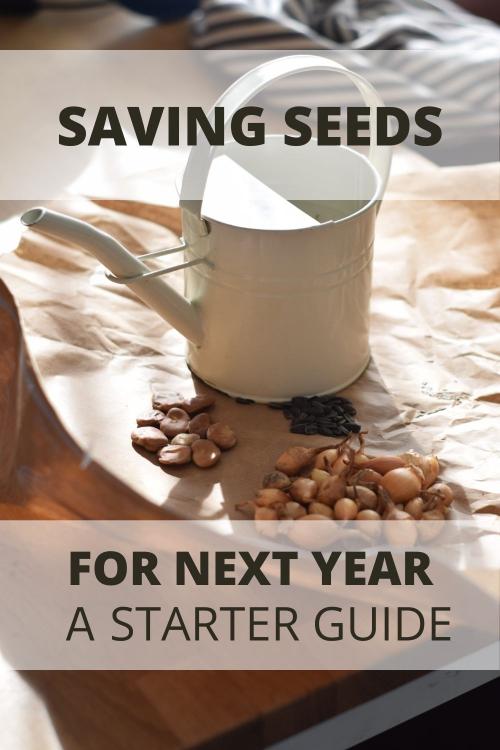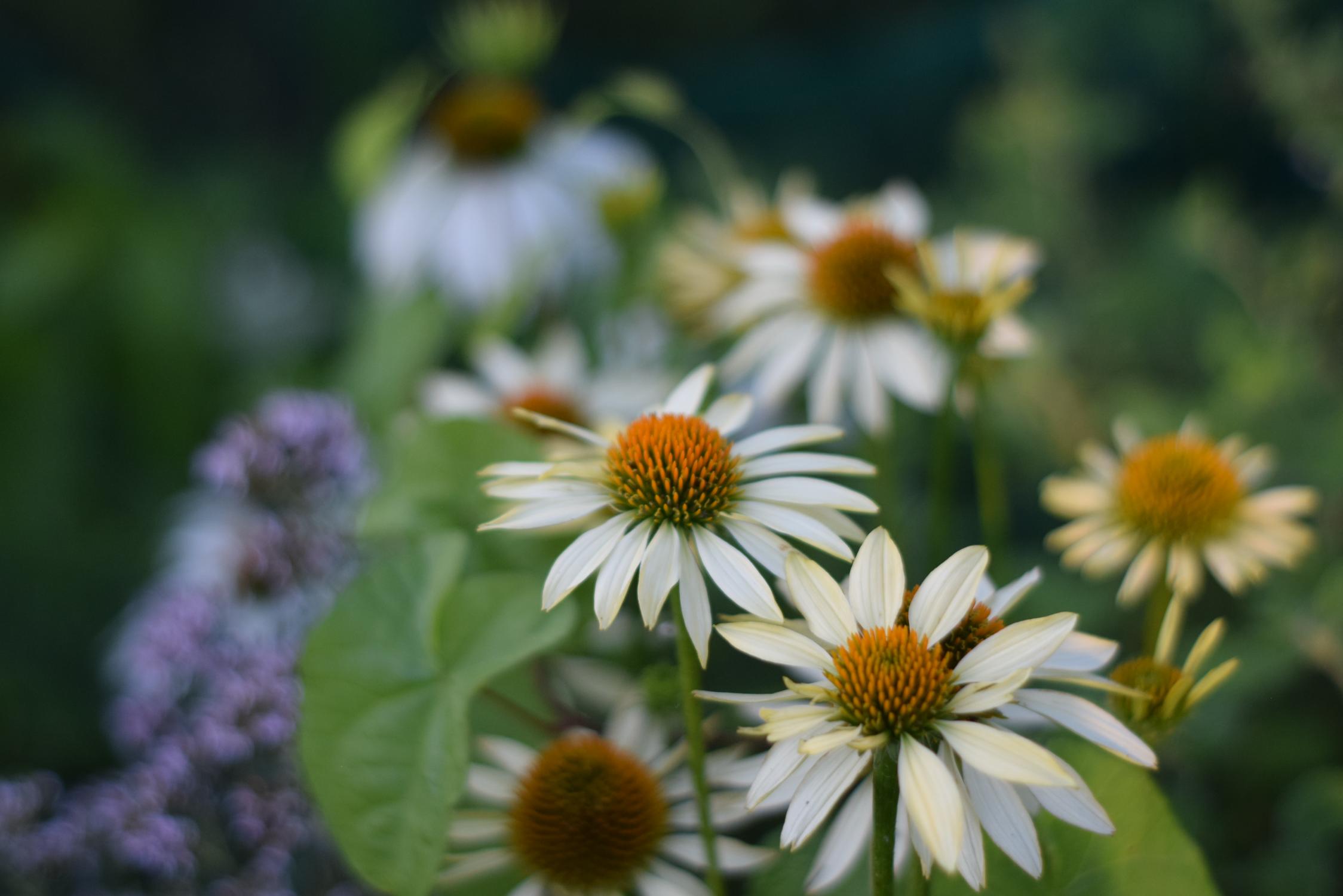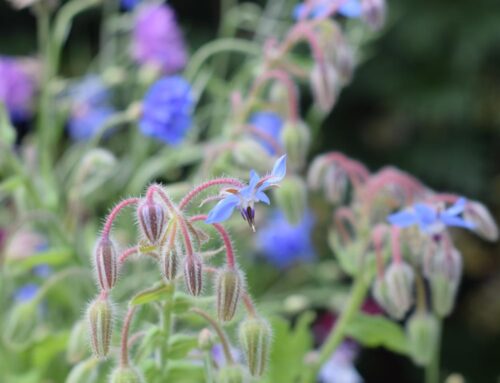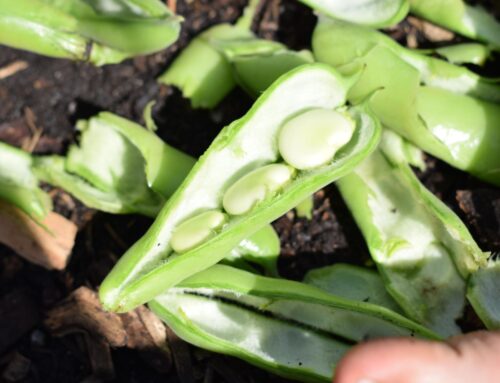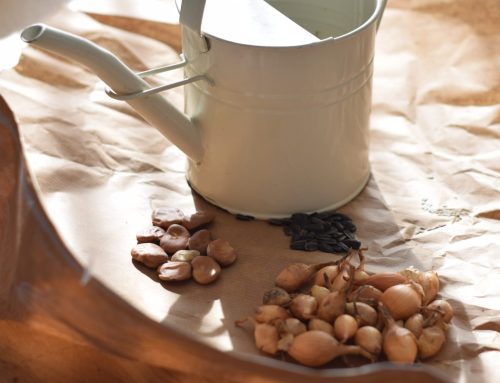Written by: Tahnee Wientjes
Beautiful Echinacea Purpurea, or Coneflowers! Learn how to grow these resilient native plants from seed, attracting beneficial insects and adding beauty to your garden for years to come.
Table of Contents
About the coneflower plant
The Latin name of the coneflower is Echinacea Purpurea. The flower is known by its common name: the coneflower, thanks to its large seed-producing cones.
An echinacea plant is a herbaceous perennial plant. This means it’s herb-related (herbaceous), with no woody parts and it grows again each year (perennial).
Coneflowers are a native plant in North America known for their beautiful flowers and medicinal use to boost the immune system and treat sore throats. It’s a true native prairie plant, that thrives in the sun and can withstand cold winters.
Echinacea plants produce beautiful flowers from late summer to late fall. They’re hardy perennials and mature plants are drought-tolerant as well. When their blooming season comes to an end, their seed heads provide food for different types of birds until late spring.
They take a few years to grow to a full size with many flowers. In their first year, there may be a few single flowers. But, they’re well worth the wait.
Echinacea Purpurea is a fantastic companion plant that attracts many beneficial insects like bees and bumble bees. This makes these plants advantageous for the other plants in your vegetable garden.
Finally, echinacea plants make excellent cut flowers due to their sturdy stems and bright, beautiful blooms.
Echinacea are low-maintenance perennials
I have a few echinacea plants in our flower beds and I think they look more beautiful each year. Their bright flowers are such eye-catchers in the garden.
Because echinacea plants are native plants to the prairie, they can grow in hard conditions. This also means that this hardy plant will grow well in most gardens.
Coneflowers are drought-tolerant plants, that thrive in full sun. They can handle partial shade and cold winters as well.
Diseases in coneflower plants
Coneflowers will grow in moderate climates as well as colder climates. And they are not very prone to disease. As long as you plant them in well-drained soil, they’re unlikely to catch any fungal diseases like powdery mildew.
Although my coneflowers have been growing beautifully for years, there might be areas where the aster leafhopper and/ or Japanese beetles live. They can cause significant damage to the echinacea plant. The aster leafhopper can carry other diseases like aster yellows and affect more plants in your garden.
Sometimes the Japanese beetles leave no more behind than the leaf veins. I won’t go into more detail about how you can treat these, but we’ll quickly zoom in on treating powdery mildew on coneflowers.
Treating Powdery mildew on Echinacea Plants
Too high of humidity or over-watering your coneflowers could result in powdery mildew on your Coneflowers. Powdery mildew spores are easily carried away with the wind. If they land on the host plant and conditions are humid, they could infect the plant.
You can treat your powdery mildew-infected echinacea plants with a squirt (teaspoon) of natural dish soap and a teaspoon of baking soda mixed with about one liter/ about a quart of water.
Spray the plants at the end of the day. Not when they’re in full sun. The sooner you treat your coneflowers, the less likely the powdery mildew will spread.
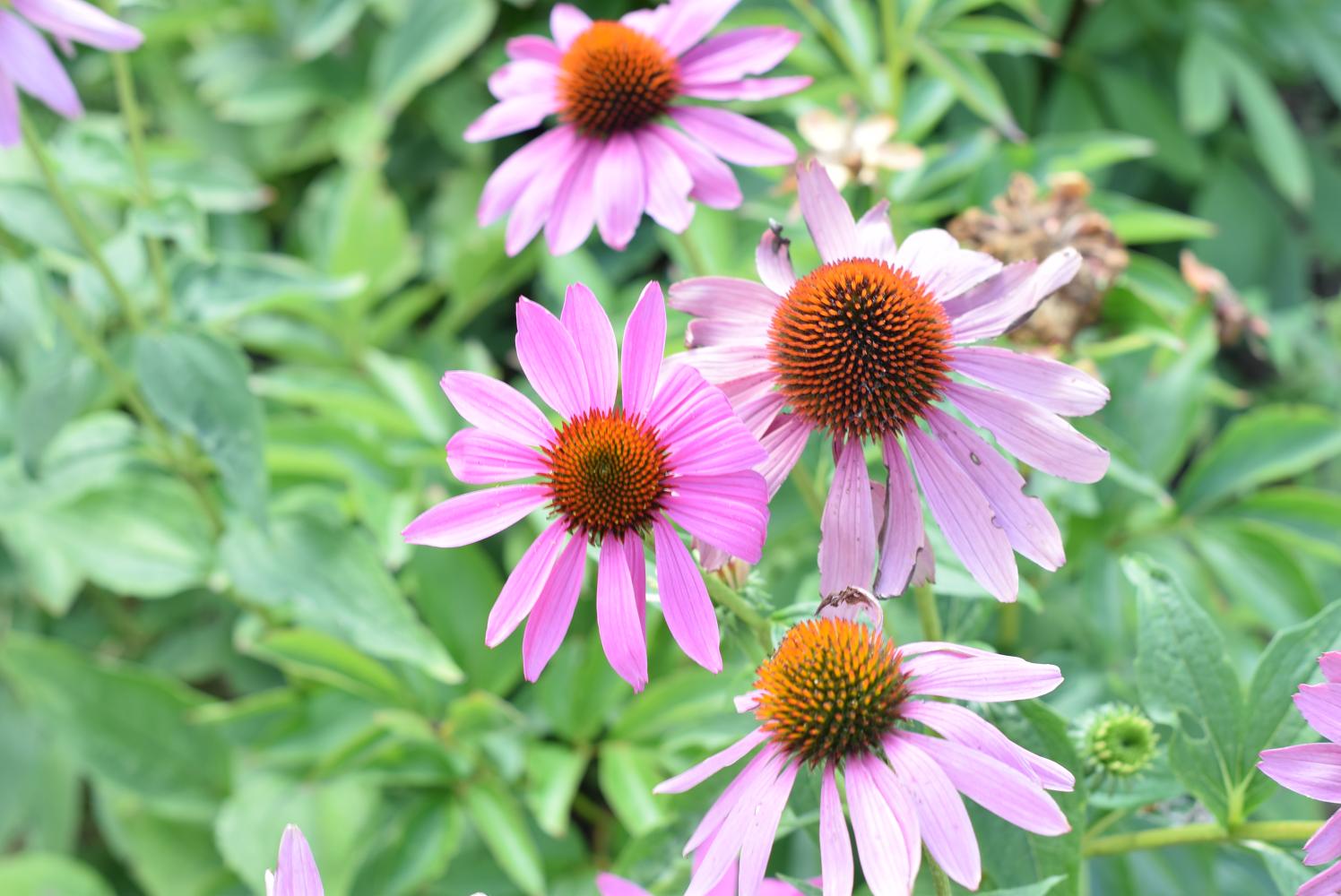
Best soil for Echinacea Purpurea
Our garden is mostly clay soil. Each year I add some compost and/ or mulch and a sprinkle of aged animal manure in early spring when the first new buds appear. Since coneflowers are strong perennials they will likely grow well in your garden, as long as you keep the soil well-drained.
They are true prairie plants that prefer well-drained soil. Although our garden consists of mostly clay, it still thrives with beautiful blooms year after year.
If you want to create the optimal soil conditions for coneflowers, make sure the soil is well-drained.
If your soil type is heavy in the clay, consider adding some sand and mixing it with the clay soil before planting your coneflowers.
For lightness and extra nutrients, work some compost under. This will ensure your coneflowers grow in light, nutrient-dense soil, and excess water will be able to flow away.
The same goes for very sandy soil. If your coneflowers stand in full sun all day, you may want to work some compost under just to enable it to hold some more moisture.
Although the Echinacea Purpurea is very able to grow under harsh conditions like full sun during the day and cold at night. Adding mulch like wood chips, tree bark, flax or any other organic matter will keep the soil from drying out during hot, sunny days. Also, it will decompose over time, adding extra nutrients to the soil.
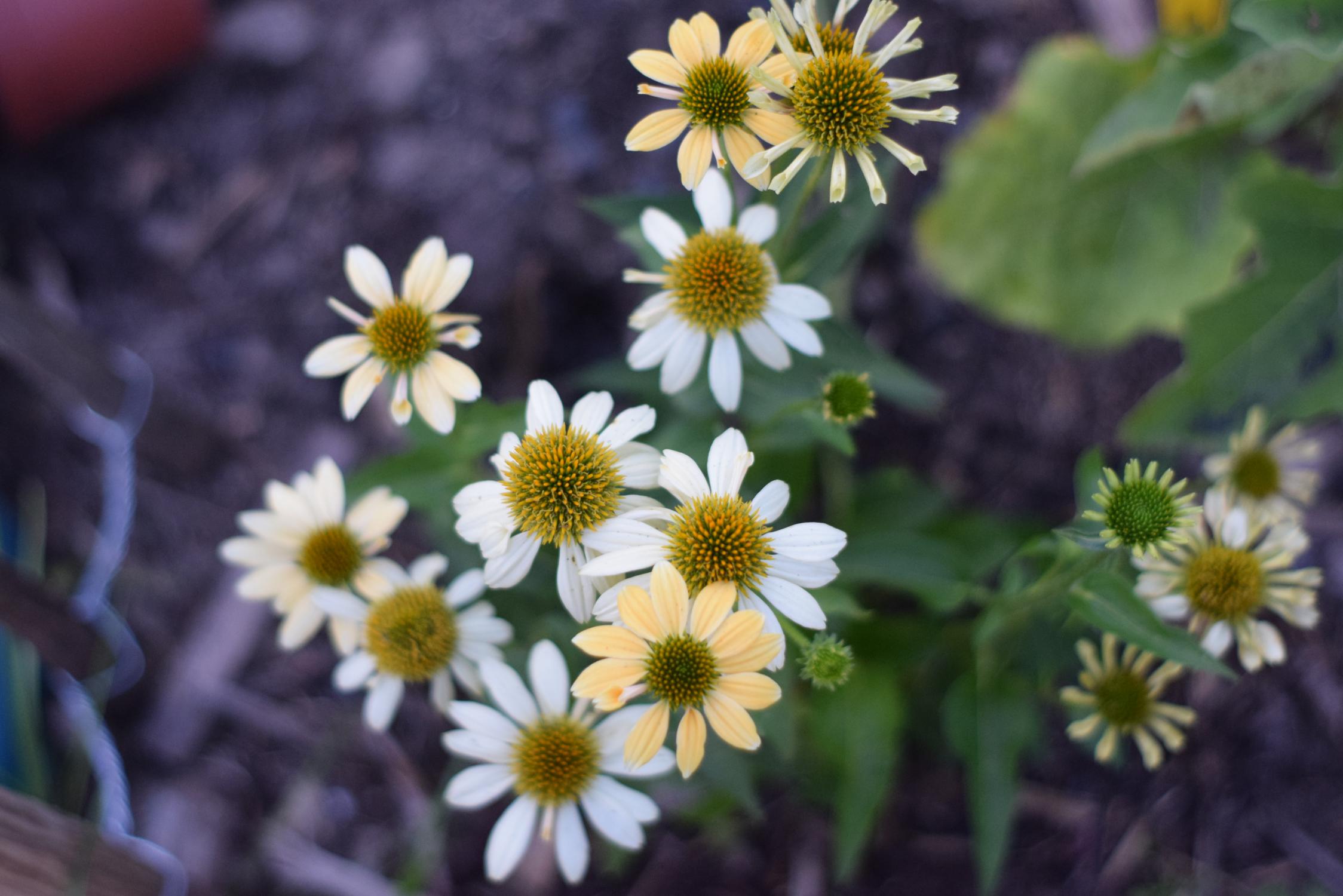
Two methods for harvesting coneflower seeds
Each year, after their blooming season is over, the big cones will produce seeds. Lots of coneflower seeds.
There are two ways of harvesting coneflower seeds.
The first way is by harvesting the seeds right after the coneflower’s blooming season in early fall. You need to wait until they turn brown and are dry. The advantage is that you can harvest all echinacea seeds from the plant and make some paper coneflowers for home decor.
The con is that Echinacea Purpurea needs a cold and moist period to germinate and bloom in the next growing season.
This cold period is called cold stratification. The plant, and seeds, go dormant after their blooming season. They “wake up” after the cold period and know it’s time to start growing.
Plants that need a period of cold but aren’t exposed to it, may not bloom as much or not sprout at all. If you leave the flowers in with the echinacea seeds on the cones after their blooming season, this naturally gives the plant a cold-stratification “treatment”. This will result in a high germination rate.
The second method is waiting until late winter/ early spring, I’ve found this method to give the best results. Due to the winter season and cold weather conditions, echinacea plants naturally undergo a process of cold stratification.
This natural period will give you high germination rates when you sow your coneflower seeds in early spring when the danger of frost has passed.
Leave the dead flowers and the entire plant intact. After its blooming season, the spent flowers will produce echinacea seeds. Psst… it’s not ugly to leave the echinacea flowers after the blooming season, because the seeds of e. purpurea will be a great source of food for homebodies (birds that don’t migrate in winter)!
In the center of the flower will be lots of seeds, that you can harvest in early spring. Read on to learn how to exactly harvest seeds from echinacea flowers.
How to harvest seeds from coneflowers
These steps go for both the first and the second methods described above. The only difference is the timing.
Clip the cones from the stems to start harvesting the coneflower’s seeds. The seeds can be taken from the cones by gently plucking them apart. Or, place the cones in a bag and gently rub them. The seeds will fall out.
If you use the first method, place the seeds on a moist paper towel, in a ziplock bag. Place them in the fridge for up to 4 months. The best time to sow seeds is early spring when the threat of frost has passed.
You can give your echinacea seedlings a head start by sowing them indoors in early spring. They will sprout between 10-21 days. Plant them in their permanent position after 8-10 weeks when their first two permanent leaves appear.
For the second method. In the early spring clip the cones from the plant and take out the seeds. You can start the coneflower seeds indoors and plant the echinacea seedlings in their permanent position after about 8 weeks. Or, do a direct sow in their permanent position in early spring.
Separate the seeds from the other plant material and place them in a labeled paper bag. Store them in a dry place if you want to save some for the next growing season.
Sowing seeds from packaged seeds
Your local garden center will likely also carry coneflower seeds. Purple coneflower seeds are a common choice and will give you lots of bright, beautiful flowers.
Follow the instructions on the package, keeping in mind the climate zone or USDA Hardiness zone you’re living in.
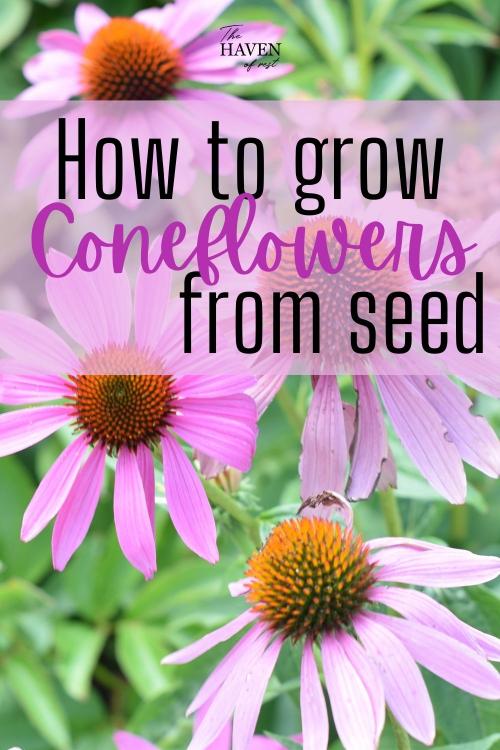
How to grow coneflowers from seed
Direct sowing
Prepare the soil by making sure it’s well drained. Add organic matter like compost, and work it under the soil. If your soil is mostly clay, add some sand to make sure the soil is well-drained.
You’re looking for loamy soil with good drainage. Loamy soils are soils rich in nutrients where the amount of sand and clay is well-balanced.
Poke small holes and place coneflower seeds 1/8 inch deep in the soil and cover lightly with moist sand. Regularly water the seedlings. The coneflower seeds can take anywhere from 10-21 days to sprout. Be sure to sow after the last frost.
New plants might not start growing flowers until their second year.

Starting coneflowers indoors
I like to place our little greenhouses on the window sill and start my coneflowers indoors. Fill the little cups with seedling soil and sow the coneflower seeds in a shallow depth. Cover lightly with sand; they need sunlight to germinate.
Water regularly and place in a sunny spot. They will germinate after 10-21 days and can be planted outdoors after 8-10 weeks.
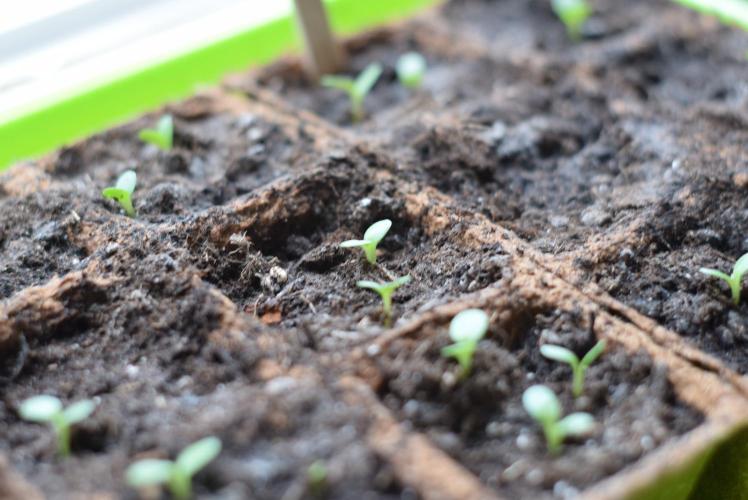
Blooms for years
Coneflowers are hardy and beautiful plants that produce lovely flowers every season. In addition to their beauty, they offer several health benefits and are known for attracting pollinators.
They make a great addition to any garden, and since coneflowers require low maintenance and grow larger every year, they only get better with time.



